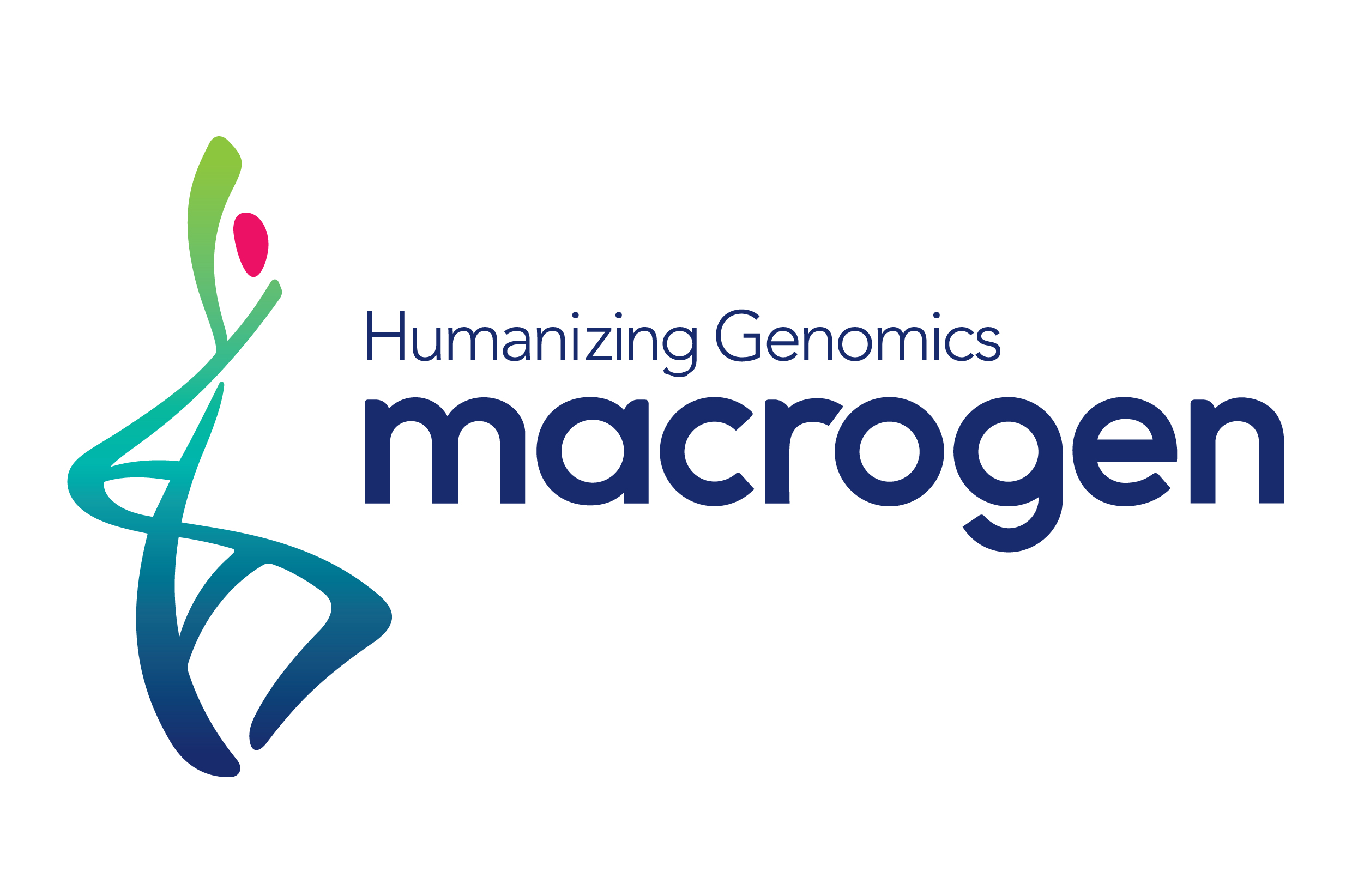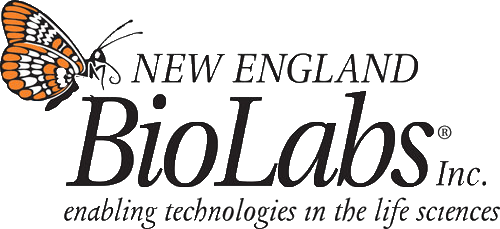Team:DTU-Denmark/Project/MAGE
Overview
Unleash the OGRE
(Purpose: To make oligo reecombineering (we call this OGRE) in B. subtilis.)
Making small and prisice changes in the genome of a bacteria can be extreamly powerfull if you can standardize a method to do so.
We made a method for inserting small changes in the genome of B. subtilis. By using our Oligo Recombineering (OGRE) method we inserted small changes in the genome we showed that we can change the function of different genes with a high efficiency. The method was shown to work by knocking out the upp gene and making Bacillus resistant to streptomycin
Knock out of upp and amyE
As a prof of concept we knocked out the amyE and upp locus in B. subtilis by using oligoes that insert a stop codon in the coding sequence of the coding sequence. The oligoes were designed using the program MODEST. We tried to knock out amyE and upp to calculate the transformation efficiency of the OGRE technique, but the results were to unclear to measure efficiency. The upp selection could showed colonies on the plates but the colonies could not be verified by restreaking them on new 25uM 5-Fluorouracil (5-FU) plates. The amyE screening could not give any conclusive results. 5-FU plates were mixed with a defined minimal medium ( MISSING see protocol for minimal medium)
Theory
amyE is a gene in B. subtilis coding for amylase protein that can degrade starch. Starch can be collared by an iodine and ethanol solution. If the cell has amylase the colony will have degraded the starch, this will result in a clearing zone.
Knocking out the upp gene is a common method for counter selection. The knockout mean the cell cannot retrieve pyrimidine’s from the media. If a minimal media with the pyrimidine analog 5-FU and with out any pyrimidine’s, all cells grown on the media with the upp intact will accumulate a toxin derived form 5-FU this will cause all the cells with upp to die. All cells that have an inactivated upp gene will survive because they cannot accumulate the toxin [1].
| Name | Oligo | Length | point mutation position |
|---|---|---|---|
| mage_amyE-1 | AAGTAACGGTTGCCAATTTGATACGATGTCGGCTGATACAGtCAtTACtAGTTCGACATGCTTTTATCTCCTTGATTCCCTTCCTTTACT | 90 | ? |
| mage_upp-1 | GGGTAATTTCAAATGCCATGAGTGTAGCCACTTCATCTACTtACTaTCaAAAATCCTTCGTACCTGTATTTTCATTCCGTATATATGTCA | 90 | ? |
Method
B. subtilis strain 168 with GP35 or lambda beta inserted in amyE or mutS knockouts were made electrocompetent using protocol ( MISSING link electro protocol). amyE and upp were electroporated with the oligoes shown above (see link to protocol MISSING). The cells were electroporated at 2.0kV (using 0.2cm cuvettes) . Prior to the experiment the mutant were grown over night in 5y neomycin. Minimal media with 25uM 5-FU was made using the minimal media protocol. ( MISSING see protocol for minimal medium)
Results
The amyE screening showed to be too difficult to interpret clear results from therefor this selection was abandoned. The 5-FU were incubated for 3 days before colonies were visible. The colonies were restreacked onto new 5-FU plates to confirm that the bacteria could grow on 5-FU. The bacteria could not grow after 4 days of incubation.
It can not be shown that upp locus was knocked out.
Proof of concept of OGRE with streptomycin
The streptomycin resistance only requires one point mutation in the rpsL gene. This point mutation changes lysine to arginine at position 56. An oligo with the necessary change was transformed by electroporation of B. subtilis strains ΔmutS::GP35-neoR and ΔmutS::beta-neoR to test if the Oligo Recombineering (OGRE) method worked.
Method
Electrocompetent cells were prepared in accordance with the electrocompetent protocol (MISSING make link). Electropration was carried out using the electroporation protocol. The colonies from the LB plates were colonies picked unto an 500y streptomycin plate.
Results
|
|
total colonies |
transformants |
frequency |
|
ΔmutS::beta-neoR |
52 |
7 |
0.13 |
|
ΔmutS::GP35-neoR |
100 |
1 |
0.01 |
Table MISSING. mutS mutants transformation frequency for streptomycin resistance.
In the table shown above we can see that the OGRE method works. It seems that the Beta protein is better at inserting the mutation than the GP35 protein.
Growth experiment for mutants
overview
We were interested in testing if the mutations made in the amyE or mutS would change the growth rate of the B. subtilis compared to the wild type. It was indicated by Sun et al. 2015 ( [2] ) that the growth rate of the GP35 mutants would be lower than the wild type strain. Our experiment could not support this theory. In contrast the cells with the recombinase had a higher growthrate than the wild type.
Method
An over night culture of wild type, ΔmutS::GP35, ΔmutS::beta, ΔamyE::GP35 and ΔamyE::beta were inoculated in LB.
Results
| B subtilis strain | rate (mu) | Generationtime | R2 |
| Wild type | 0.0155 | 45min | 0.9546 |
| amyE:GP35 | 0.02 | 35min | 0.9883 |
| amyE:lambda beta | 0.0193 | 36min | 0.9849 |
| mutS:GP35 | 0.0184 | 38min | 0.9330 |
| mutS:lambda beta | 0.0178 | 39min | 0.9450 |
Table MISSING of calculated results from growth experiment.
From MISSING figure shown bellow it is clear that the wild type has a slower generationtime than the other measured strains. This results seems to be reliable when looking at the R2 value seen in Table MISSING.
Figure MISSING. The four different mutants generationtime can here be compared to the wild type. The error bares indicate the 5% error of every generationtime. The y axes is measured in minutes.
Protocol for multiple OGRE cycles in Bacillus subtilis 168
overview
We hypothesized that if the OGRE protocol was repeated multiple times the amount of transformants would rise. This was tested by running four cycles of the OGRE protocol. The progress could be followed by plating a dilution of the sample on streptomycin plates after every round and calculating the start value of the culture from the OD600 measurements. It was necessary to colony pick colonies onto streptomycin plates this gave usable results. The data is still not significant but it seems that more cycles does increase the amount of transformants.
Materials
The protocol specially med for this predure was followed ( MISSING see procol for multeple OGRE). This protocol takes aproximetly 6 hours for every cycle. Four cycles was run
Results
We had problems with finding the optimal dilutions. This cause the lack of data for some of the samples, new cells were replated from the glycerol stock of the differed OGRE cycles, but same problem was encountered again. There was a high variation in the amounts of transformants on the plates. We recommend to use the OD calculator ( MISSING make link) for making an approximation of the correct dilution factor.
Figure MISSING. The frequency for the insertion of the streptomycin phenotype can be seen for the samples.
data can be seen here
It seems that mutS::beta is better than the wild type, mutS::GP35 and amyE::GP35. We cannot conclude that more OGRE cycles gives a higher yield than a single cycle, because the variation in the data is so great. The experiment will need to be run with a better method of testing if the insertion has been incorporated into the genome.
Achievements
Other part of mage
Optimal amount of oligo for OGRE
To optimize the OGRE protocol we tested different amount of oligo to find the optimal amount for transformation. The aim was to find the optimal amount of oligo for an OGRE cycle. Our experiment showed an unexpectedly high transformation efficiency of up to 50% efficiency. It seems unlikely that the transformation would be that efficient, when the efficiency in E. coli is 3.6% (Missing: Ref.). Also later experiments did not show the same high efficiency (missing link to mm experiment). The systematic errors, derived by the selection method, are thought to exceed the random errors. Consequently, more data will not make better results. The optimal approach will be to rethink the method measuring the efficiency.
Methods
Different amounts of oligo were tested following the "OGRE in Bacillus subtilis 168" protocol. The oligo we used was B_Sub_Mods0007.1mutationrpsL(make to link to primers MISSING) introducing streptomycin resistance. The amount of oligo was varied between 0.05 - 6.25uM.
Results
| oligo amount uM | colonies picked | colonies growing on str | transformantion frequency | somthing else MISSING |
| 0.05 | 200 | 70 | 0.35 | |
| 1.25 | 300 | 54 | 0.18 | |
| 2.5 | 200 | 53 | 0.27 | |
| 5 | 200 | 98 | 0.49 | |
| 6.25 | 300 | 56 | 0.19 |
Table MISSING shows the transformation frequency of all colonies for an amount of oligo used.
The table above shows the transformation frequency. The transformation frequency varies from 18-50% this seems to be a too high number when comparing to earlier results and the standard transformation frequency for MAGE in E. coli. The data seems to suggest that the optimal oligo amount for transformation is 5 uM. This correlates with the optimal amount for E coli [3].
Selection of the colonies was difficult because of possible background from spontaneous mutants that became visible after 2 days and the risk of adding too much cell mass onto the plate when colony picking, this could be mistaken as a growing colony.
The results will need to be validated preferably using another screening method, since false positives seems to be an issue when using an antibiotic selection marker. It could be suggested to use a GFP with a inserted stop codon in the genome. The OGRE protocol could then be optimized for making knockins, this could be screened by using flow cytometry.
OD calculator
Overview
The Imperial iGEM 2008 team has made an equation for calculating CFU from OD600. We tried to validate their equation by using our own data. Unfortunately the variation in our results was too high to validate their equation. Based on their results we made a calculator that could compute the optimal dilution for plating to get a countable number of colonies.
Missing: Header2: Validating Imperial 2008s equation
Method
All the LB plate counts that we have done in our project was gathered and analyzed for this experiment. the data that was used can be seen here.
Results
The Imperial College team modulated following equation.
Missing: (Put op nice) Imperial equation: Y= 2*108 *X
Y = CFU/mL
X = OD600

Figure MISSING Our attempt to validate the Imperial College 2008 teams OD too CFU measurements. It is clear that the R2 value is not close optimal.
As can be seen from the figure MISSING shown below our data could not validate the equation completely. Though our data trends towards Imperials 2008s equation.
Dilution predictor
Missing: Header2: Dilution predictor
An equation for predicting a dilutions that will result in a countable number of CFUs was made from the Imperial College equation. The equation assume that 100µl is plated on a LB plate. The optimal amount of colonies is set to 150CFU on each plate.
Missing: Does the equations look nice?
YCFU=2*XOD*108
Yoptimal=150CFU/plate. This number can be varied to fit the user's preference.
d is the optimal dilution factor for getting 150CFU/plate. E.i. optimal dilution will be 10d.
\(Y_{optimal} = {{Y_{CFU} } \over {10^d* 10}}\)
\(Y_{optimal} = {{2*X_{OD}*10^8} \over {10^fd* 10}}\)
\(10^d= {{2*X_{OD}*10^8} \over {10*Y_{optimal}}}\)
\(d= log_{10}( {{2*X_{OD}*10^8} \over {10*Y_{optimal}}} ) , Y_{optimal}=150\)
\(d= log_{10}( {{2*X_{OD}*10^8} \over {10*150}} ) \)
\(d= log_{10}( {{1.33*X_{OD}*10^5} } ) \)
d is the optimal dilution factor for getting 150CFU/plate when using 100uL on each plate.
The formula has not been thoroughly test and the correlation between OD and CFU is low in for our data. Generally the formula overestimates dilution. Therefore we suggest that both 10d and 10d-1 are plated. A future solution to the problem could be to introduce a calibration constant to the right hand side of the equation. The constant can be fitted by rerunning the experiment with more samples.
Finding frequency of mismatch insertion mutations
We tried to measure how the number of mismatches (missing: MM) effects the transformation efficiency.Oligos with one to six MM was examined. If successfully integrated, all the oligos would result in a streptomycin resistant strain.The results showed a very low efficiency, not following the trends implied in the proof of concept experiment or in the experiment doing multiple OGRE cycles (missing: link to proof of concept experiment. Missing: should refer to multiple cycle experiment, when it has not been mentioned above?).
Methods
Protocol for OGRE in Bacillus subtilis 168 (MISSING link) was followed using the six oligos with 1-6MM individually. Other parameters were kept constant (Missing: link to protocol and labnotes). Single colonies were taken from appropriate dilutions and colony picked onto 500ɣ strep. plates. Number re-streaked colonies that was growing on strep was counted. The transformation efficiency was calculated as the ratio between re-streaked colonies growing on LB and on 500ɣ strep.
Results
Three transformant were visible on the strep. plates with cells that had received the two mismatch oligoes, all other plates had no transformants after two days incubation.
The colony picked plates had a much higher rate of transformants. This is thought to be partly caused by a bias in the screening of the colony picked plates. (missing:). Unexpectedly the transformation frequency is higher for oligoes with more than three mismatches. Also the low transformation frequency is not in accordance with the previous results that showed a transformant rate of up to 100.
picture missing MISSING figure of colomb plot of frequency
It is possible that the cells were not electro competent. This experiment need to be redone to define if the experimental setup is incorrect or if the cells are not electro competent.
Optimizing oligo length
The length of the oliges was seen as an important contributor to the effectiveness of the transformation. We wanted to quantify the effect of the oligo length by using different oligoes with one mismatch that gave the cell streptomycin resistance. An extremely low transformation efficacy was observed. This was not in accordance with the previous results for streptomycin resistance.
Materials
The protocol for changing streptomycin ( MISSING insert link ) was used for oligo's with one mismatch but with varying lengths from 50-100nt were also tested. Because of low transformation efficiency colony picking was performed on the LB dilutions.
Results
Two transformants could be seen on the streptomycin plate plated with cells transformed with 60nt long oligo. All other streptomycin plates had no transformants. This low transformation rate contradicts the experiments done previously inducing streptomycin resistance. The colony picking showed better results than plating directly on 500y streptomycin (see figure below).
MISSING figure of colomb plot of frequency
The data is not sufficient to make accurate conclusions. The MISSING Figure shown above indicates that there is a negative correlation between length and transformation efficiency.
It is possible that the cells were not electro competent. This experiment need to be redone to define if the experimental setup is incorrect or if the cells are not electrocompetent.
Background
Here is the overview!!!!!!!! Victor!
Methods
Results
Discussion
Conclusion
References
- Dong, H., & Zhang, D. (2014). Current development in genetic engineering strategies of Bacillus species. Microbial Cell Factories, 13(1), 63. doi:10.1186/1475-2859-13-63
- Sun, Z., Deng, A., Hu, T., Wu, J., Sun, Q., Bai, H., … Wen, T. (2015). A high-efficiency recombineering system with PCR-based ssDNA in Bacillus subtilis mediated by the native phage recombinase GP35. Applied Microbiology and Biotechnology, 99(12), 5151–5162. doi:10.1007/s00253-015-6485-5
- Carr, P. A., Wang, H. H., Sterling, B., Isaacs, F. J., Lajoie, M. J., Xu, G., … Jacobson, J. M. (2012). Enhanced multiplex genome engineering through co-operative oligonucleotide co-selection. Nucleic Acids Research, 40(17). doi:10.1093/nar/gks455
Department of Systems Biology
Søltofts Plads 221
2800 Kgs. Lyngby
Denmark
P: +45 45 25 25 25
M: dtu-igem-2015@googlegroups.com












